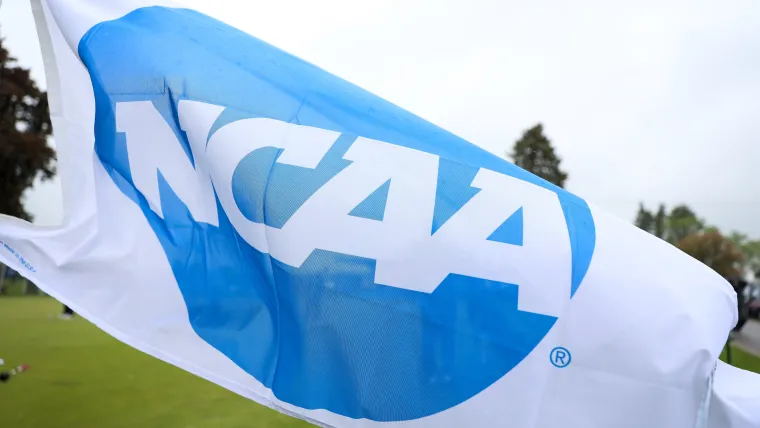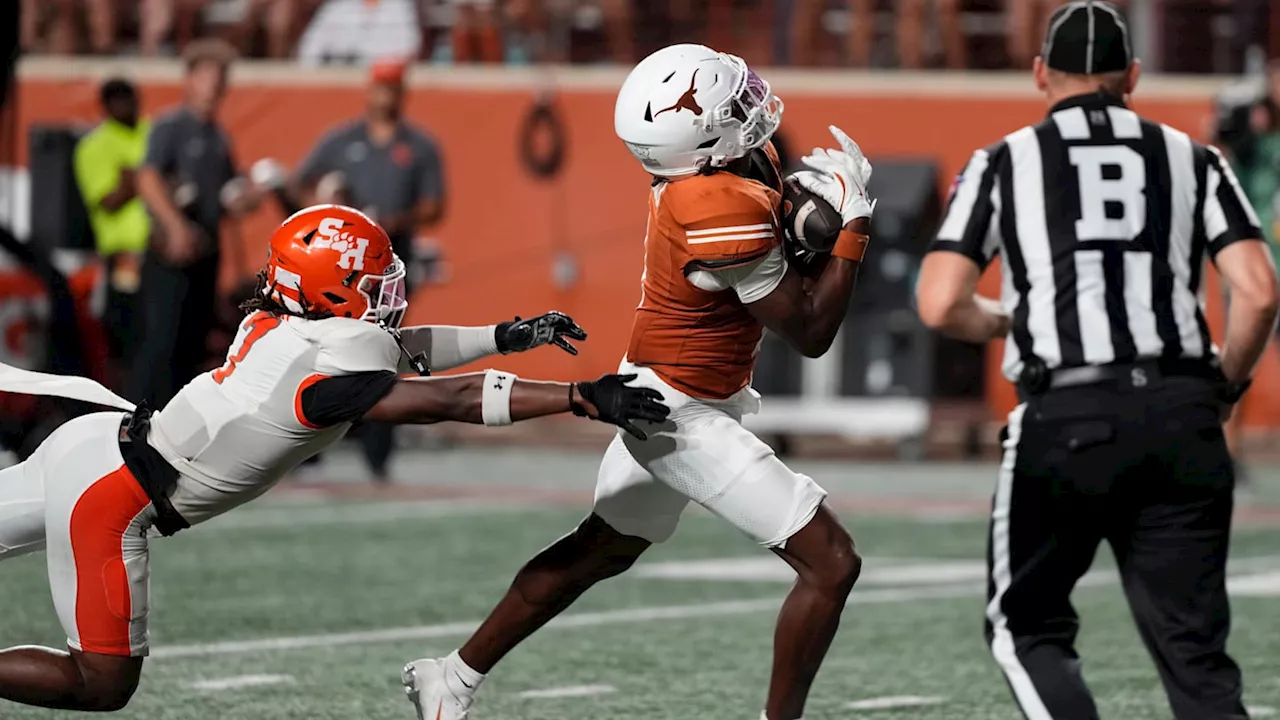Overtime in college football is a thrilling aspect of the game, evolving significantly over the years. With changes on the horizon for 2025, the NCAA has updated its overtime rules, focusing on timeout regulations.
Beginning in 2025, there will be a notable alteration to the timeout structure during overtime periods. Previously, teams received one timeout per overtime period, which did not carry over if unused. However, under the new rules, teams will be allotted one timeout in both the first and second overtime periods. If the game progresses to a third overtime, teams will only have a single timeout to use for the remainder of the game, regardless of the number of overtime periods.
When a game is tied after four quarters, it will proceed to overtime, where team captains gather at the 50-yard line for a coin toss. The winning team can choose to play offense or defense or decide which end of the field will be used for both possessions in that overtime period. The team that loses the toss will select from the remaining options.
The first two overtime periods will consist of two-possession series, with each team having one offensive and one defensive possession. The offensive team begins at the 25-yard line, with the option to start anywhere between the hash marks. Each team retains the ball until they either score or fail to make a first down. If the game remains tied after an overtime period, another period will ensue.
In a change introduced in 2021, teams must execute a two-point conversion play after scoring a touchdown in the second overtime period, a shift from the previous requirement that mandated a 2-point attempt only after the third overtime. Furthermore, starting in the third overtime, teams will engage in alternating two-point conversion attempts instead of beginning new drives at the opponent”s 25-yard line.
Unlike the NFL, which utilizes a timed overtime format, college football does not impose a time limit. The outcome is determined by which team scores the most points in a given overtime period, and play continues if the scores are tied. This ensures that college football games cannot end in a tie, a stark contrast to the NFL”s regular season rules.
In the playoffs, college football maintains the same overtime rules as in the regular season, ensuring consistency regardless of the game”s significance. This approach differs from the NFL, which implements different overtime rules for regular season and playoff games.
Fans have debated the merits of college overtime rules, with some expressing dissatisfaction with the format, particularly the two-point conversion shootout that occurs after the third overtime. While many appreciate that college football games cannot end in ties, there are ongoing discussions regarding the overall integrity and excitement of the current overtime system.
Notable overtime games in college football history, such as the memorable seven-overtime clashes between LSU and Texas A&M in 2018, have spurred changes to the rules. This game, which ended with a score of 74-72, exemplified the need for a more structured approach to overtime to prevent excessively lengthy contests.
The evolution of overtime rules in college football reflects the NCAA”s commitment to enhancing the game experience for players and fans alike, aiming for a balance between excitement and efficiency on the field.







